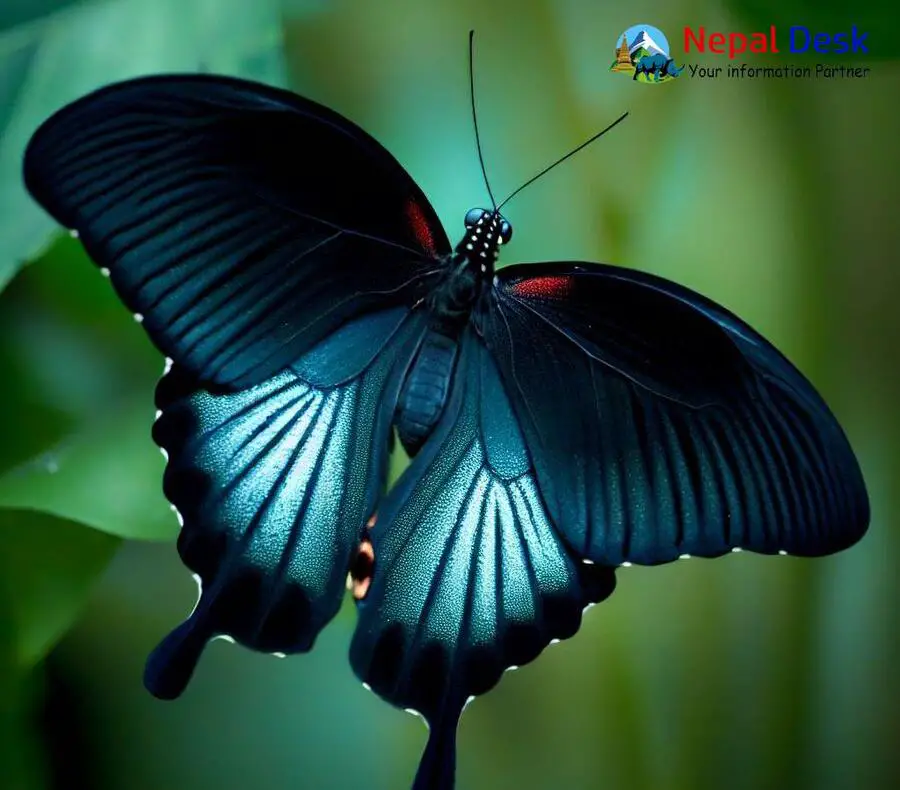
The Blue Mormon butterfly, or Papilio Polymnestor, captivates us with its brilliant blue hue, eye-catching wing designs, and grand size. Found primarily in the Indian subcontinent, these striking butterflies inhabit India, Sri Lanka, and Nepal, adding an air of vibrancy to various habitats including dense forests, rainforests, urban gardens, and parks.
Displaying sexual dimorphism, male and female Blue Mormons possess differing characteristics. Males outshine females with their dazzling metallic blue wings, black veins, and wide, black borders. Females sport a more muted blackish-brown hue embellished with white spots and patches on their wings. Males are also larger than their female counterparts, boasting wingspans of up to 12-15 centimeters.
These butterflies are known for their powerful flying capabilities and unique unidirectional flight pattern. As they soar through the air, they often change direction swiftly and hop up and down in a lively manner. They stay active during daylight hours by feeding on flower nectar and basking in sunlight to maintain body heat.
The life cycle of the Blue Mormon butterfly is equally fascinating. Females lay eggs on host plants like citrus trees native to the region. Upon hatching as green caterpillars adorned with spiky black-and-white projections, they undergo several molts before forming a chrysalis that blends into their environment. Eventually, they transform into adult butterflies.
As newly-emerged adults with damp wings from their chrysalis stage, they rest until their wings dry fully and extend – ready for their first flight as mature butterflies.
Holding cultural importance in some areas, Sri Lanka considers the Blue Mormon its national butterfly while the Indian state of Maharashtra esteems it as the state butterfly. Enthusiasts, collectors, and artists appreciate this species for its majestic coloration and elegant flight pattern – commonly showcasing it in various forms of art.
Although not presently endangered, threats like deforestation and host plant reduction could impact the Blue Mormon population. Preservation initiatives, sustainable practices, and habitat conservation are crucial to ensuring their survival.
In conclusion, the Blue Mormon butterfly enhances South Asia's natural heritage with its splendid size, vibrant hues, and graceful flight. By acknowledging and protecting these magnificent creatures, we contribute to preserving global biodiversity.
